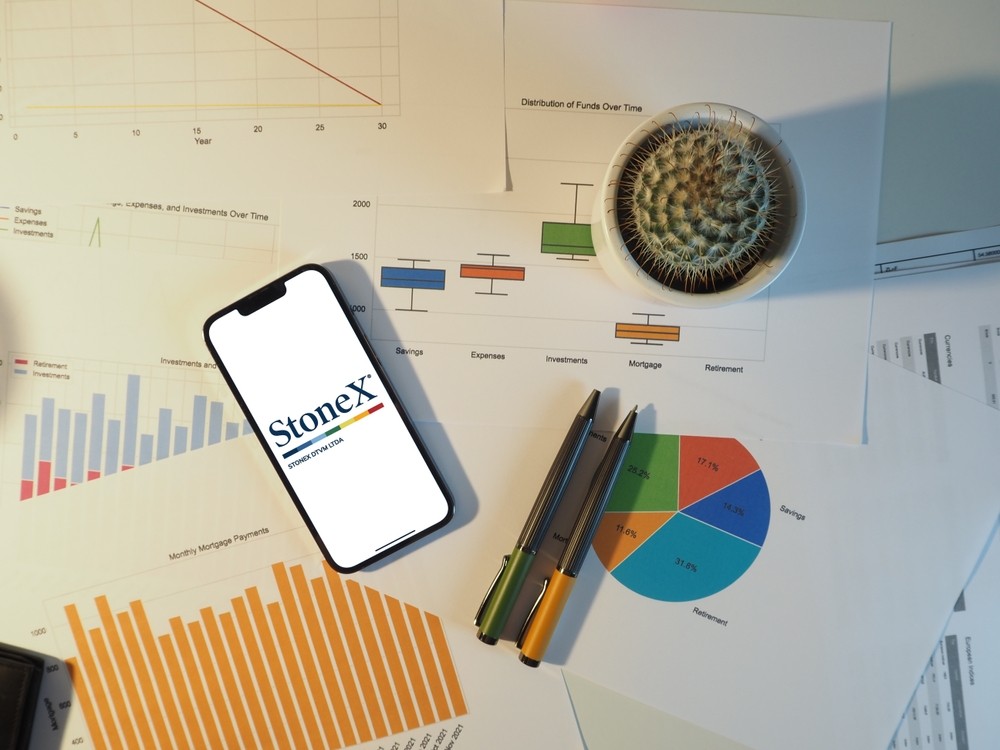In the realm of innovative technology, digital twins have emerged as game-changers since their introduction in 2003. Initially applied in manufacturing and engineering, these virtual replicas of physical objects have found new frontiers in agriculture, propelling the industry toward a greener and more efficient future. The marriage of digital twinning and agriculture, a remarkable feat in food technology, holds immense promise for addressing challenges and optimising processes in the sector.
The Emergence of Digital Twins in Agriculture
Primarily renowned for their role in manufacturing and engineering, digital twins have garnered attention from unlikely quarters. Bryant Marketing Professor Sharmin Attaran, Ph. D., and two external researchers embarked on a journey to explore the transformative potential of these digital replicas in the agriculture industry.
Optimising Agriculture with Digital Twins
Attaran’s research highlights the myriad ways digital twins can benefit agriculture. At the forefront, they prove invaluable in bridging production gaps by simulating real-world scenarios and guiding decisions to enhance yield. Moreover, the technology’s capability to predict output aids in avoiding unexpected shortfalls. As climate unpredictability threatens crops, digital twins protect against potential failures by providing insights into risks and enabling farmers to take preemptive measures.
Furthermore, these virtual farmer counterparts constantly monitor crop growth and health. By amalgamating data from diverse sources such as weather forecasts, soil moisture levels, and digital twins offer a comprehensive overview of crop well-being.
Green Technology for a Sustainable Future
The convergence of digital twins and agriculture exemplifies the potency of green technology. As environmental concerns intensify, the need for resource-efficient farming practices becomes paramount. Digital twins minimise resource wastage by enabling precision agriculture –providing crops with exactly what they need, where they need it. These innovative technology tools align perfectly with the global drive towards sustainability by optimising resource usage.
New technological inventions continually reshape industries in the ever-evolving landscape of food technology. The rise of digital twins as a transformative force in agriculture underscores their potential to revolutionise conventional practices. Embracing digital twins boosts productivity, minimises risks, and fosters a greener, more sustainable future in food technology advancement.








COMMENTS